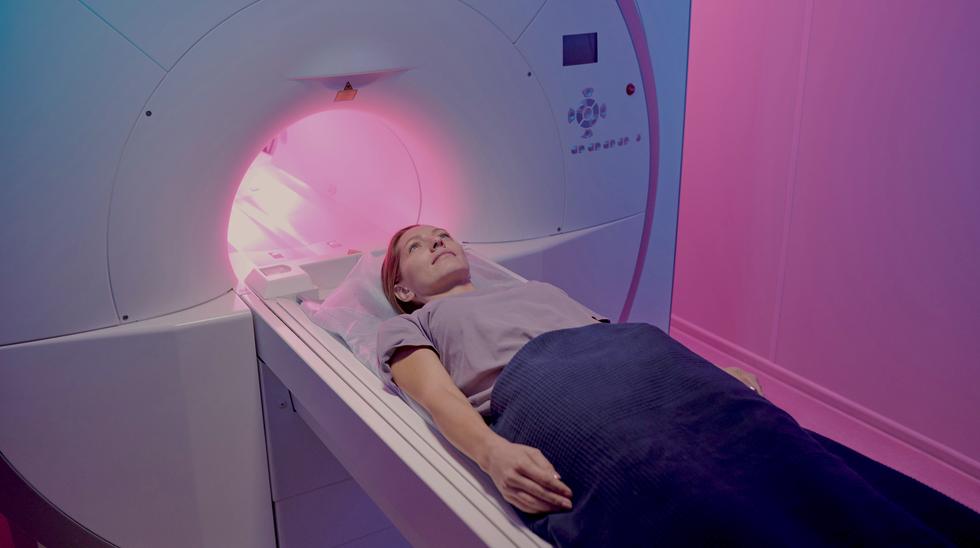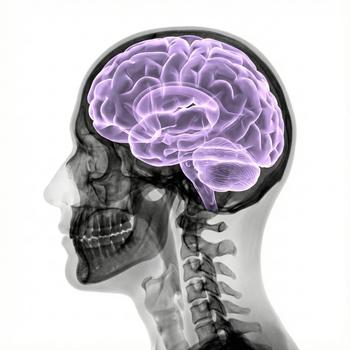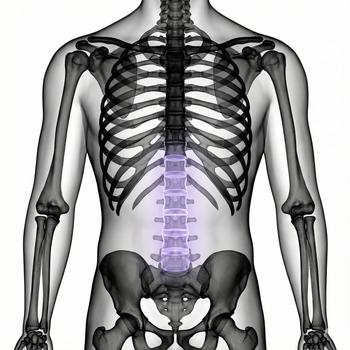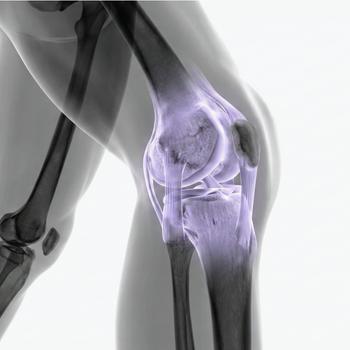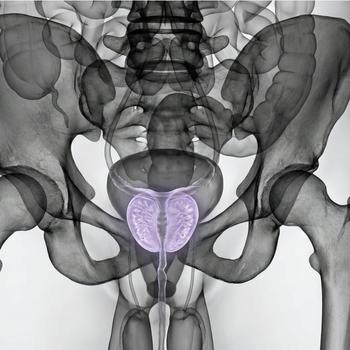Quick version
Summary – How an MRI scan works
An MRI scan is safe, painless and free of radiation. Here is the most important thing to know about how the scan is performed:
- You change into hospital clothes and remove all metal objects.
- You lie still on a bed that is inserted into the MRI scanner.
- You are given headphones (often with music) to dampen the loud noise.
- If necessary, contrast agents are used for clearer images.
- You have an alarm button in your hand and contact with staff at all times.
- The scan takes 15–60 minutes depending on what is being examined.
- Answers are given within 2–5 days and you are given advice if necessary.
What is an MRI camera?
An MRI camera (magnetic resonance imaging) is a tunnel-like machine with openings at both ends. Inside is a table that is slowly moved into the machine while the images are being taken. The technology is based on powerful magnetic fields and radio waves that create cross-sectional images of the inside of the body – completely without X-ray radiation.
Before the examination – changing clothes and checking
Before the examination, you may be asked to change into special hospital clothes, depending on the type of X-ray that is to be performed. All objects that contain metal – such as jewelry, watches, zippers, hairpins or underwire bras – must be removed. This is to avoid interference with the magnetic field and for your safety. For certain examinations, especially of or in the head, you should also avoid makeup and hair products that can affect the image quality.
During the examination – lie completely still
You lie down on a table that is inserted into the MRI camera. During the entire imaging process, it is important that you lie completely still so that the images are clear. Sometimes you are also strapped down, which can be uncomfortable. To protect against the loud noise from the machine, you are given headphones. You can often choose to listen to music during the examination. When examining the brain, a special plastic helmet (“coil”) is used that is placed over the head to optimize image quality – this has openings so that you can still see.
Safe communication throughout the MRI examination
You are never alone in the examination room. The X-ray nurse monitors the entire process from an adjacent control room and can communicate with you via microphone and speakers. In your hand you also hold an alarm button that you can press at any time if you feel uncomfortable or want to interrupt the examination. This is an extra safety feature – especially for those who may be a little nervous or easily get claustrophobic feelings.
If you are worried about the examination, you can always talk to the staff in advance. It is possible to get sedative medication, and some clinics also have more open MRI cameras that may feel less confined.
Use of contrast agent in MRI?
In some examinations, contrast agent is used to make it easier to distinguish different structures from each other, for example when examining vessels, tumors or inflammatory changes. The contrast agent is generally given via a vein in the arm and you will receive detailed information in advance if this is relevant to you.
How long does an MRI take?
An MRI examination normally takes between 15 and 60 minutes, depending on the area to be examined and how many sequences are needed. You lie in the camera the entire time, but often with short breaks between each image capture. After the examination, you can usually leave the office immediately, provided you have not been given sedative medication, in which case you will stay for a while for observation.
What happens after the examination?
The images are reviewed by a specialist in radiology who makes a medical assessment. At the Test Clinic, you will receive feedback from the referring doctor directly in your digital medical record within 2–5 working days. If anything needs to be followed up, we will help you further with a referral or advice.






















